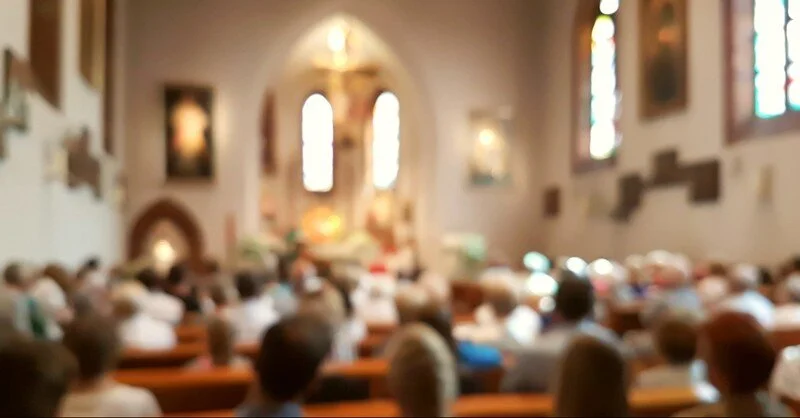1. Liturgy tells a story - Liturgy is a re-enactment of the divine drama. It reminds us of the redemptive story of God and invites us to find our place within His narrative of redemption. By living into the divine story, it frees us from having to create our own story from our limited perspective and experience and from being slaves to the story our respective cultures are stuck in. The liturgy jars us from the liturgy of this world and tells us of God’s kingdom which we have been made apart of as Christians.
2. Liturgy frees us from ourselves - Liturgy helps us relinquish our desires to serve ourselves and invites us to surrender by selflessly serving God and others. How? By immersing our lives in God-centered worship on a regular basis. Liturgy is formative, retelling a story again and again that is holistically God-centered. It inoculates us from a man-centered experience of worship. Liturgy is designed to free us from the worship of self in order to focus our hearts on the Triune God.
3. Liturgy forms us - As we come together week after week, we are slowly formed by the words, prayers, and sacred rhythms of the liturgy. The beauty of these rhythms is that they form us passively, almost without our knowledge. This formation is not contingent upon our mood or temperament when we enter the service. Simply by agreeing to participate and join with the existing structure and rhythms, liturgy has the power to change us. The church has always recognized that formation takes place both communally and individually, and how we pray and worship corporately influences how we pray and worship individually.
4. Liturgy sanctifies time - Liturgy sanctifies our time. What does this mean? Most of us live our lives according to a secular calendar and work week, but liturgy reminds us that we belong to another timed place - the kingdom of God. Liturgy brings order and rhythm to our lives through the patterns of the liturgical year (sometimes referred to as the Christian calendar or church calendar). In submitting to these seasons, we acknowledge God’s lordship in both the high and the low times of our lives.
5. Liturgy is Biblical - The historic liturgy is saturated with Scripture. One is hard pressed to find language in the historic liturgy that isn’t found in the Holy Scriptures. God has spoken to us in His Word and the Church uses His words to speak back to Him. We listen to His Word, respond with His Word, pray His Word, sing His Word, and eat His Word flesh.
6. Liturgy is participatory - Deep down we don’t want to be entertained but rather we long to participate. The historic liturgy invites us to stand, sit, kneel, respond in prayer and singing, to cross ourselves, and engage our hearts and minds. Unless the whole congregation participates the service doesn’t happen, it’s a whole church endeavor not just a few professionals. But not only does it engage adults, but children of all ages are growing up learning to pray the Lord’s Prayer, confess their sin, and declare their faith in Jesus Christ. There is no sitting on the sidelines in liturgical worship.
7. The Liturgy points us to Christ - When people decide to get married they often spend months planning and preparing every detail of their wedding. From what color flowers, to who’s bringing food, who’s in the wedding, and even what gifts to get the wedding party - it’s all thoughtfully prepared. The historic liturgy is like a weekly wedding service where the Bride of Christ comes to encounter and be enraptured by the Grooms love for her. They talk and listen, sing and pray, eat and praise. It’s all been thoughtfully prepared and planned in order to make it beautiful and most importantly focused on Christ Jesus. The historic liturgy is radically Christ focused.




